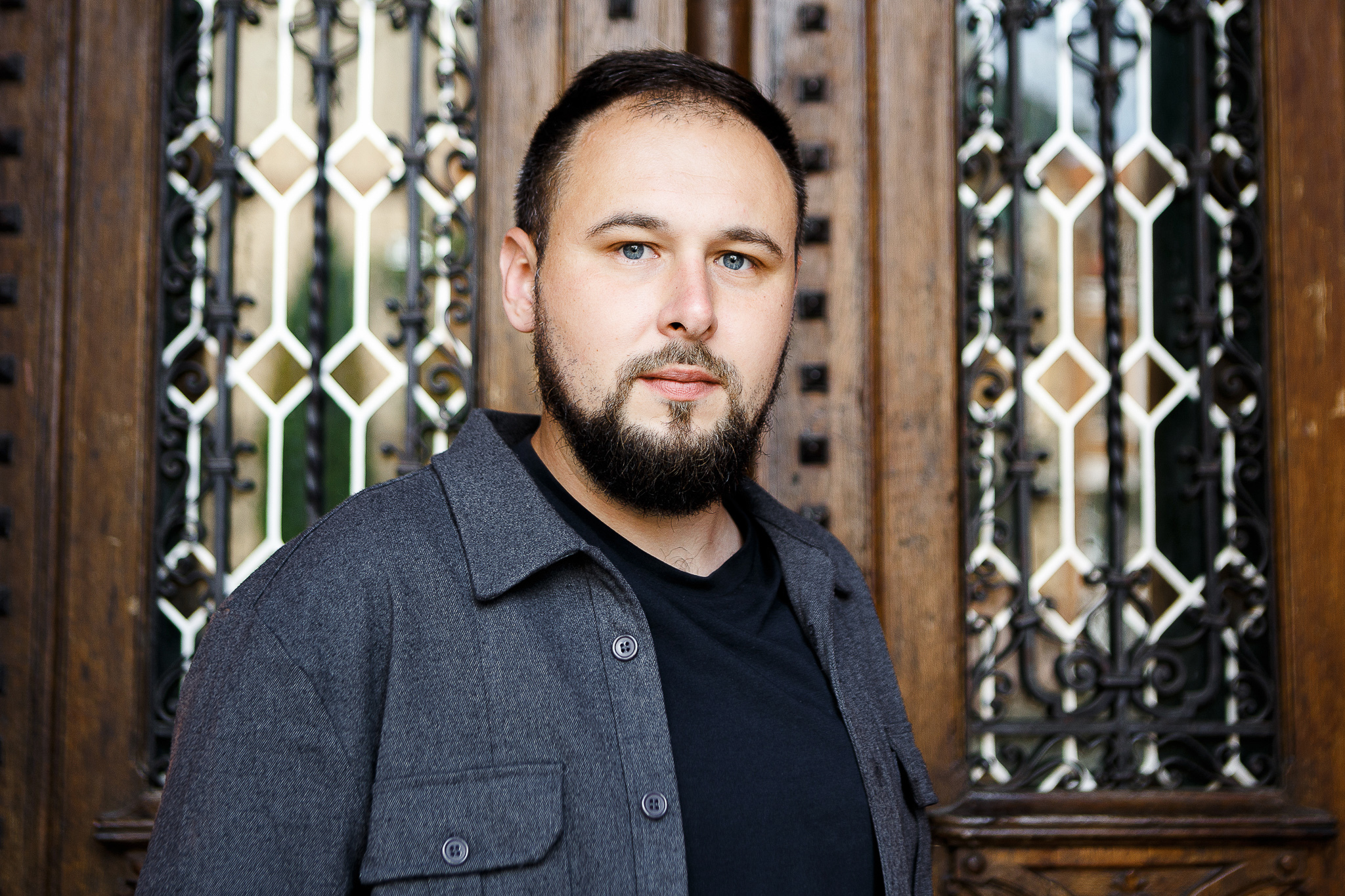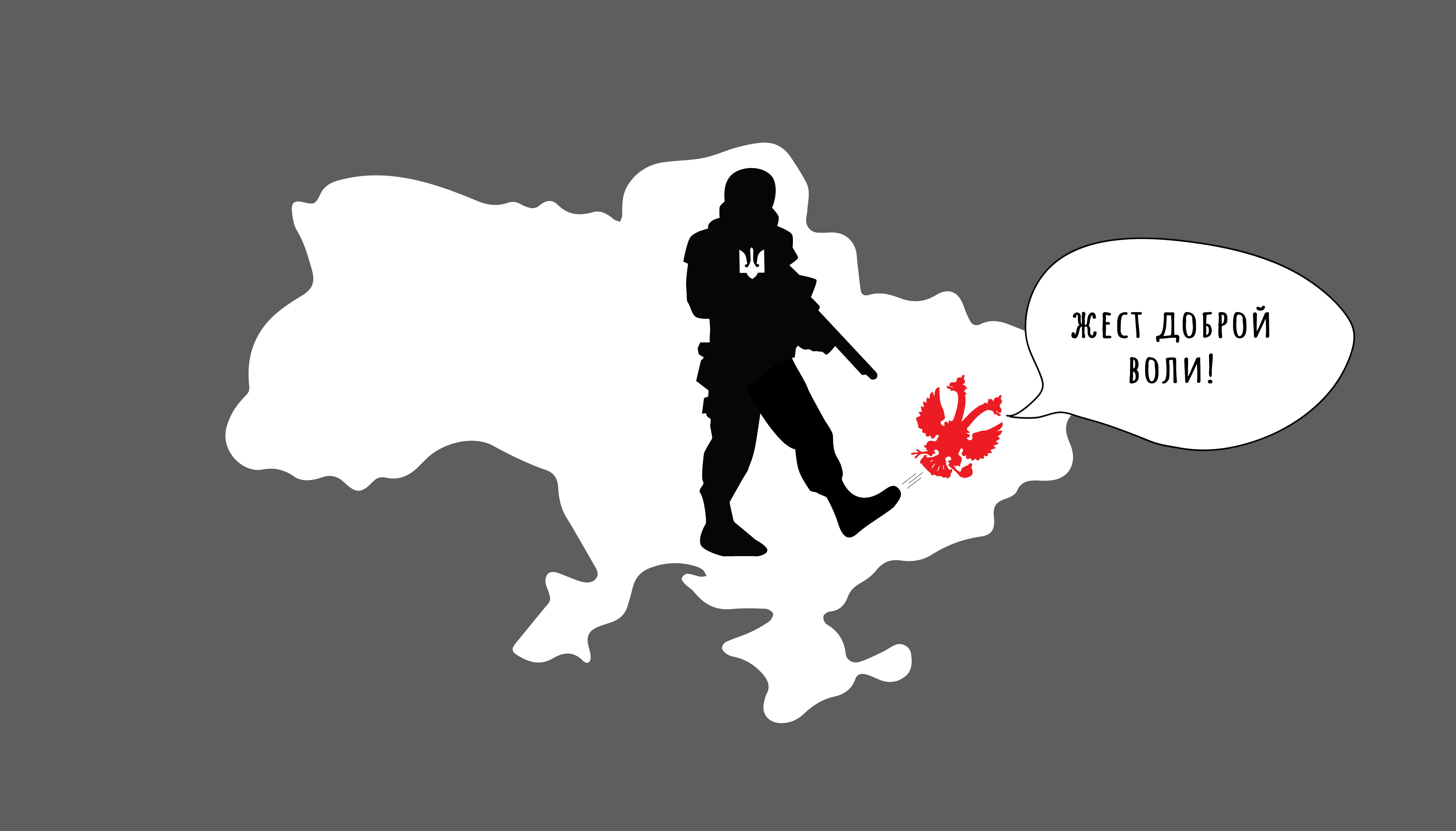

The Kremlin’s hopes of ending Russia’s full-scale war against Ukraine with the “capture of Kyiv in three days” were not realized. Instead, Ukraine mounted three significant counteroffensives in less than a year, resulting in the liberation of the north of the country, including the Kyiv region, as well as Kharkiv and the right bank of the Kherson region, which includes the regional center.
Throughout the duration of the conflict, Russia utilized media and social media propaganda to discredit, intimidate, or deceive Ukrainians, both before, during, and after Ukrainian offensives. In an attempt to present their defeats in a favorable light, Russia portrayed their retreats as “gestures of goodwill,” “tactical retreats,” or “forced military needs to regroup.” Additionally, following the liberation of Ukrainian lands, Russia claimed that Ukraine had committed “torture, executions and repression” against civilians.
To disseminate these disinformation messages, Russia employed a consistent set of tactics and tools. Below are some of the methods utilized.
1. Equivocation
The propagandists of the aggressor country often manipulate the meaning of words or use misleading language in order to achieve their political objectives. For instance, in late September 2022, one of the main Russian propaganda outlets, Argumenty i Fakty, published an interview with purported refugees from Kupiansk, which had been liberated by the Ukrainian army. During the interview, the interviewee claimed that “just a month ago, everything was fine, he started applying for social assistance, and his children went to school. However, after six months of peaceful life, everything changed when the Ukrainian army came to ‘liberate’ them.” This same propaganda outlet, resorting to equivocation, alleged that the Russian army did not flee from the Ukrainian army but instead “redeployed and left Kupiansk.”
Since April 2022, the propaganda message about the voluntary withdrawal of Russian troops from occupied territories has been consistently promoted. During that time, the Kremlin portrayed the retreat of the invaders from northern Ukraine as a “withdrawal and a gesture of goodwill” resulting from the Ukrainian Army’s systematic counteroffensive actions. The Russian propaganda machine has continued to employ this tactic in subsequent instances, referring to Ukraine’s successful liberation of the Kharkiv region and the right bank of the Kherson region as “tactical retreats.”
After the illegal “referendums,” Russia announced the “official annexation” of the occupied territories in eastern and southern Ukraine. Nevertheless, a Ukrainian counteroffensive on the right bank of the Kherson region soon followed, causing the Russian army to retreat amidst messages claiming that the lands liberated by Ukrainians were “forever Russian” and only “temporarily occupied by Ukrainian troops.”
The propaganda relies on such messages to portray Russia as a liberator rather than an occupier. They claim that it is the Ukrainian army that disrupts the “peaceful life” of the occupied territories and that the Russian retreat is purportedly aimed at “preventing the destruction of peaceful cities and civilian casualties.”
Propagandists are attempting to undermine and belittle Ukraine’s accomplishments during the counteroffensive by employing baseless accusations and mockery.
The Russian authorities asserted that the Ukrainian counteroffensives were conducted by “Western mercenaries” rather than the Ukrainian Armed Forces. Furthermore, the Russian propaganda aimed to undermine Ukraine’s reputation by alleging that the “torture and executions in the territories captured by the Ukrainian armed forces are carried out by people who do not understand either Ukrainian or Russian.”
A major tactic employed to discredit Ukraine was and still is to highlight the issue of corruption within the Ukrainian government. Every counteroffensive conducted by the Ukrainian army was accompanied by allegations in the Russian media regarding the supposed “sale of Western weapons on the black market.” During a UN Security Council meeting, Vasily Nebenzya, the representative of the aggressor country, made such claims. However, Pentagon officials refuted these allegations, stating that “there is no credible evidence of the leakage of American weapons from Ukraine to the black market.” Furthermore, Russian propaganda utilized disinformation campaigns suggesting that the “Zelenskyy regime” pursued Ukrainian counteroffensives solely to receive Western financial aid and for personal enrichment.
The Russian propaganda machine also utilized this tactic to spread allegations of the deliberate falsification of Russian war crimes. Specifically, after the exposure of Russian atrocities in Bucha, propaganda launched a significant campaign with the primary message that “Bucha was staged.” Later, after the liberation of the Kharkiv region, 447 bodies were discovered and exhumed in the city of Izium, with most of them displaying signs of violent death and 30 of them showing signs of torture. Shortly after, the spokesperson for the Russian Foreign Ministry, Mariya Zakharova, claimed that “the Zelenskyy regime is attempting to create a staged event using a Hollywood scenario and the example of Bucha.”
3. Intimidation tactics
Russian propaganda employs this tactic to influence Ukrainians, especially those residing in the temporarily occupied territories, and to undermine the resistance of pro-Ukrainian individuals. Russian propagandist and radio host Sergei Mardan, for instance, suggested that Ukrainians who were pleased to see the Ukrainian army in Kherson did not conceal their support, even when the Russian army was present in the city. Consequently, he argued that the Russians “should have started not with advertising posters, but with sweeps and arrests.” Mardan believed that Russia needed to “revive the Special Purpose Units [Bolshevik punitive units established in 1919 to suppress resistance to communist rule] and SMERSH [Red Army counter-intelligence] to achieve its goals.”
In its coverage of the successful counteroffensives by Ukrainians in 2022, Russian propaganda centered on the disinformation narrative of “Ukraine becoming a testing ground for Western weapons.” This claim is manipulative, as it aims to convince the world that Ukraine is being supplied with weapons solely for testing purposes.
The Russians also utilized the topic of weapons to rationalize the criminal shelling of Ukraine’s civilian infrastructure. Propagandists, for instance, highlighted the use of new types of weapons and equipment by the Ukrainian military near Kherson and suggested that they would continue to use them “if the supply route is not blocked.” In this context, Russia disseminated messages about the “need to destroy all bridges across the Dnipro.” Additionally, Russia attempted to undermine the grain deal by linking it to the explosions in Sevastopol.
4. Demonization of the enemy
Russia regularly labels Ukraine with various negative epithets and aggressive attributes. In doing so, propaganda aims to discredit the Ukrainian Defense Forces and the state as a whole, portraying them to its audience as evil, unprincipled aggressors.
In their coverage of Ukraine’s counteroffensive in early September 2022 in the Kharkiv region, Russian propagandists emphasized that the Ukrainian army was allegedly committing atrocities against civilians who sympathized with Russia. Collaborator Vitaliy Hanchev claimed that the Ukrainian military “tied people to trees and nailed Russian passports to their feet.” The Russians also alleged that Ukrainians in the liberated territories “shot people right on the streets” and “threw grenades at houses.” Moreover, some propaganda outlets continued the disinformation tradition of the Russians, which can be referred to as “the crucified boy in panties.” They claimed that in liberated Kherson, “Ukrainian nationalists tied people to poles and raped them, cut off their fingers, shot at the feet of children, beat men to death in front of their families, and set fire to houses with people still alive.” It is worth noting that Detector Media recently reported on how Russian propaganda demonizes Ukrainians and invents “sacrificial heroes” for itself.
Similar messages from Russian propaganda were heard after the liberation of Kherson. The propaganda resources of the aggressor state often contained information about the alleged shootings and torture of civilians by the Ukrainian military, as well as the fact that “the SBU is creating lists of people who left the region to loot their property.”
5. Mirroring
Russian propaganda employs this tactic to assign its own crimes to Ukraine. During the Ukrainian counteroffensives, widespread messages and narratives alleged that it was not the Russian army that committed atrocities but the Ukrainian army. For instance, propagandists justified their retreat from the Kharkiv and Kherson regions by asserting that they “did not wish to completely destroy the cities, as the Ukrainian army does.”
During the Ukrainian counteroffensives, propaganda media reported that the Ukrainian army did not spare its soldiers, “fought with meat waves,” and so on. Russian terrorist Igor Girkin-Strelkov, for instance, claimed that the Ukrainian Armed Forces were “unafraid of battles of attrition.”
Russian propagandists are also attempting to dehumanize Ukrainians by projecting their own crimes and attributing them to Ukraine. Following the liberation of the right bank of the Kherson region by the Ukrainian Armed Forces, agitprop asserted that “a branch of hell on earth has begun for civilians, as it was already in Kharkiv and Mariupol.” However, it was the Russian army that was responsible for the destruction of Mariupol and the numerous civilian casualties in the Slobozhanshchyna historical region.
6. Labeling
Russia’s propaganda machine gives phenomena or events names that carry negative meanings and emotions.
In addition to the labels that Russian propaganda commonly uses, such as “Banderites” and “Nazis,” propaganda outlets employed direct comparisons between the liberation of the Kherson region and the period of Nazi occupation of Kherson during World War II. Moreover, Russians in the media referred to representatives of the SBU and the GUR as “sonderkommando” [work units made up of German Nazi death camp prisoners].
Russian propagandists alleged that collaborators’ property was being confiscated and looted in the liberated territories. The aggressor country’s media propagated justifications for these fictitious crimes, claiming that “Westerners are professional looters.” Another common propaganda label was the term “waiters,” which was used to refer to Ukrainians from the liberated regions who avoided forced deportation or were not collaborators and did not leave with the Russian army. Russian propaganda also referred to these people as “snitches” and accused them of aiding the Ukrainian special services in identifying traitors in the newly liberated lands.
The real situation with Ukrainian counteroffensives
Thanks to the heroism of the Ukrainian army in the Kyiv region, particularly in the Battle of Hostomel, Russia’s blitzkrieg plans failed. Subsequent Ukrainian counteroffensives were carefully planned, taking into account the terrain, the concentration of enemy forces, and other factors to avoid numerous casualties among the Ukrainian military and civilians.
Russian propaganda messages lost their relevance every time Ukrainian troops liberated another town or village. This was the case in the Kharkiv region, where locals joyfully greeted the Ukrainian army, thanked them, and offered them food. An even bigger celebration took place in Kherson after the city was liberated in November 2022: residents hugged the military, sang the Ukrainian anthem, raised blue and yellow flags, and destroyed Russian propaganda advertising.
However, Russian troops continue to shell Kherson, Kupiansk, Izium, and other liberated cities, leading to numerous civilian casualties and suffering. It is this, not the “torture and executions” invented by Russian propaganda, that causes harm to innocent people. Russia employs the above propaganda tactics to distort reality in an attempt to cover up its own war crimes.


